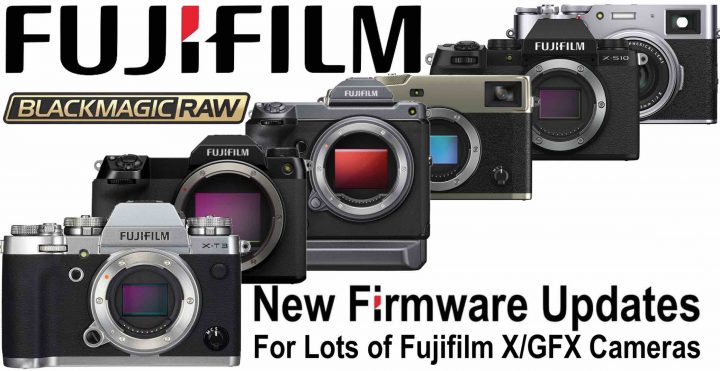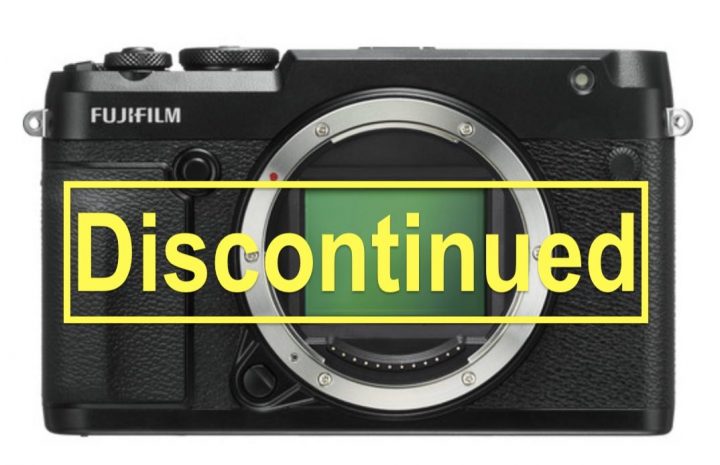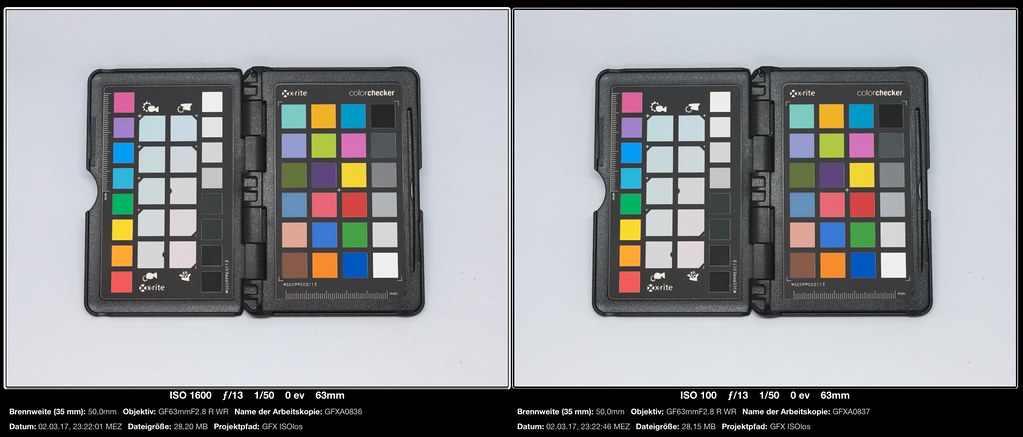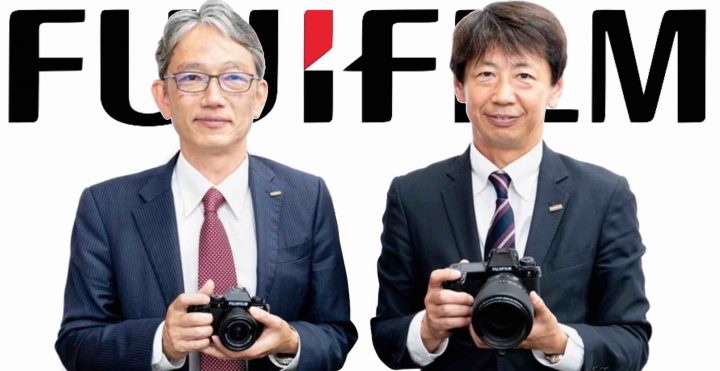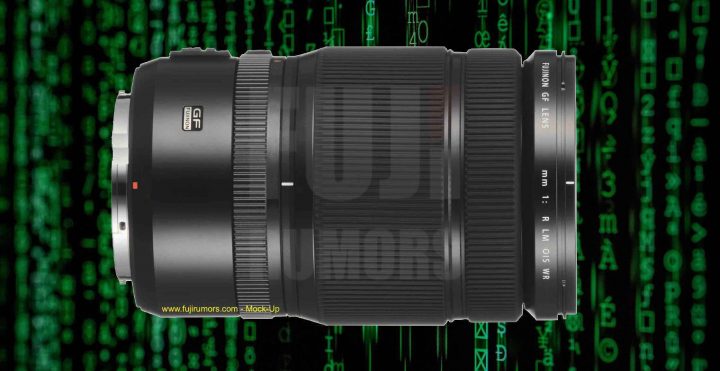
There is No Life in Perfection, or the Missing GF Glass
I once read a sentence of a buddhist monk, who said: “the too pure water does not contain any fish“.
Obviously the monk was referring to life, which can’t be lived fully if we pretend to live it in perfection and purity. If lived fully, then life is going to get “dirty” or “not perfect” sometimes.
So what has this to do with photography?
→ Exclusive Group for GFX Lovers
Well, let’s apply this wisdom to a much more profane subject: camera gear. And let’s say “the too perfect system does not contain customers.” And “customers” are what keeps a system alive.
And now to the point of this article.
In the ZP productions video we recently shared, ZP says that when Fujifilm launched the GFX system a few years ago, it had sheer perfect lenses. But he noticed that with the latest lens releases (GF80mmF1.7), Fujifilm traded in a bit of that perfection to release less perfect, smaller and more affordable lens.
He compares the GF110mmF2 to the GF80mmF1.7, the first one being expressions of Fuji’s perfection, the second one, while still being excellent and he actually totally loves to shoot with it, just not being just as perfect as the GF110mmF2.
Now, I get the point that ZP makes, but I can’t share his worry that Fujifilm is giving up on perfection.
In fact, I believe that so far the real anomaly in the GF lens lineup was that Fujifilm focused solely on perfection!
But if the GFX systems wants to survive, then it needs to offer a bit of everything, the absolutely perfect lenses, but also smaller, lighter and more affordable lenses. It’s this balance that will guarantee the success to Fujifilm and what will bring more and more new customers to the GFX system.
$500 GF Zoom – BRILLIANT MOVE
I am totally convinced that the upcoming $500 GF zoom lens (kit price) is a brilliant move!
Small, light, slower, affordable, but perfect for casual shooting and travel photography, while probably retaining the 102+MP resolving power.
The $500 GF zoom coupled with new affordable GF bodies has the potential to bring so many new customers to the system, that the GFX system as a whole will immensely profit from it, and Fujifilm will have more resources to develop more of those “prefect” lenses and high end bodies.
This is why I totally support Fujifilm’s move, and quite frankly I am tempted to buy the new zoom too. If I can have a versatile and small lens for my hiking tours in the Dolomites or to bring with on my travels, then that’s perfect for my needs.
In good light, the new GF zoom will be an excellent performer. And if you are like me, meaning once the sun settles down you put your camera on a tripod anyway to take your landscape shots at base ISO, little it matters if it is a slow lens. I rarely take handheld landscape images in low light anyway.
If Fujifilm wants more fish to swim in the GFX waters, then they have to give up on the proud goal of building up an optically 100% perfect and pure system with astronomical specs, and give us less perfect lenses, too.
Less perfect means also affordable, portable and compact, and that’s what the GFX system needs.
The GFX Community
Follow FujiRumors on Patreon, Facebook, Instagram, RSS-feed, Youtube, Flipboard and Twitter
The Fastest Growing Fujifilm Group
